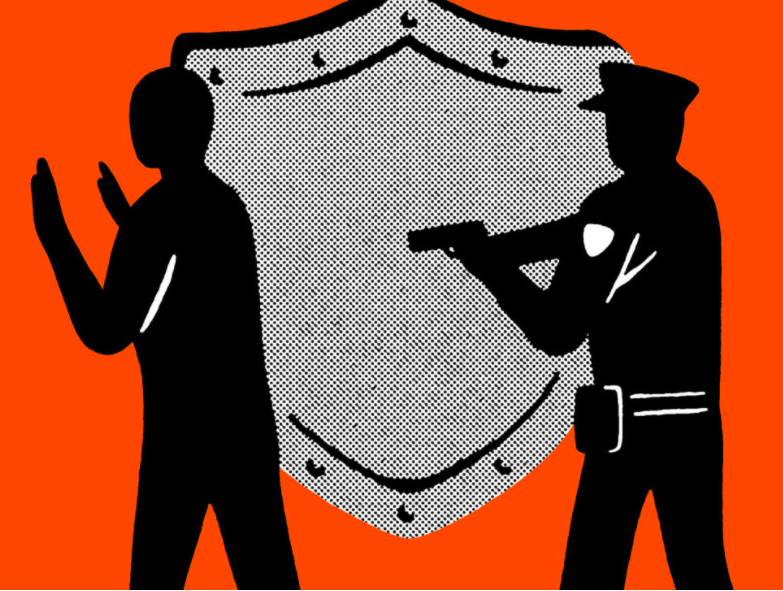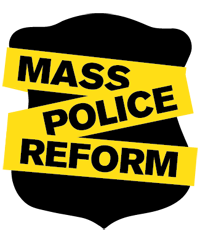
That doctrine has become one of the chief ways in which law enforcement avoids accountability for misconduct and, as Brooks’s case demonstrates, even proven constitutional violations. Ordinary people—whether they’re doctors, lawyers, or construction workers—are expected to follow the law. If they violate someone else’s legal rights, they can be sued and required to pay for the injuries they’ve caused.
Under the doctrine of qualified immunity, public officials are held to a much lower standard. They can be held accountable only insofar as they violate rights that are “clearly established” in light of existing case law. This standard shields law enforcement, in particular, from innumerable constitutional violations each year. In the Supreme Court’s own words, it protects “all but the plainly incompetent or those who knowingly violate the law.” It is under this rule that officers can, without worry, drag a nonthreatening, seven months pregnant woman into the street and tase her three times for refusing to sign a piece of paper.
Qualified immunity permits law enforcement and other government officials to violate people’s constitutional rights with virtual impunity. Today, we hear about police shooting after police shooting where officers are rarely if ever held accountable by the criminal legal system, either because prosecutors decline to charge, because grand juries decline to indict, or because juries decline to convict.
Qualified immunity takes away the other avenue that victims of police violence should have available to hold police accountable. But while stories like Brooks’s—abuses of authority that go completely unremedied—occur every day in our legal system, there is a coalition building against qualified immunity, and there is reason to be optimistic that things will change. Read More…
